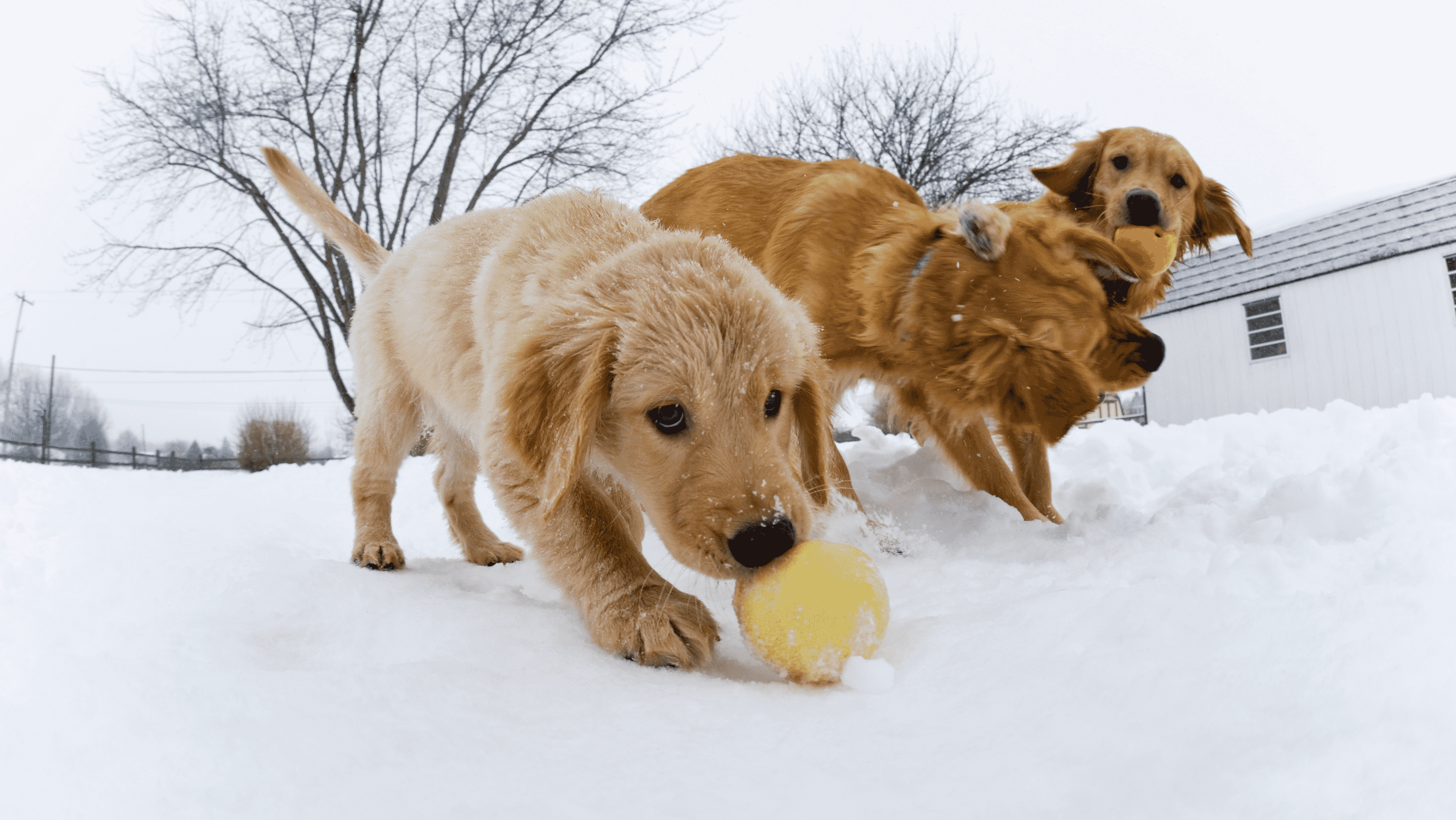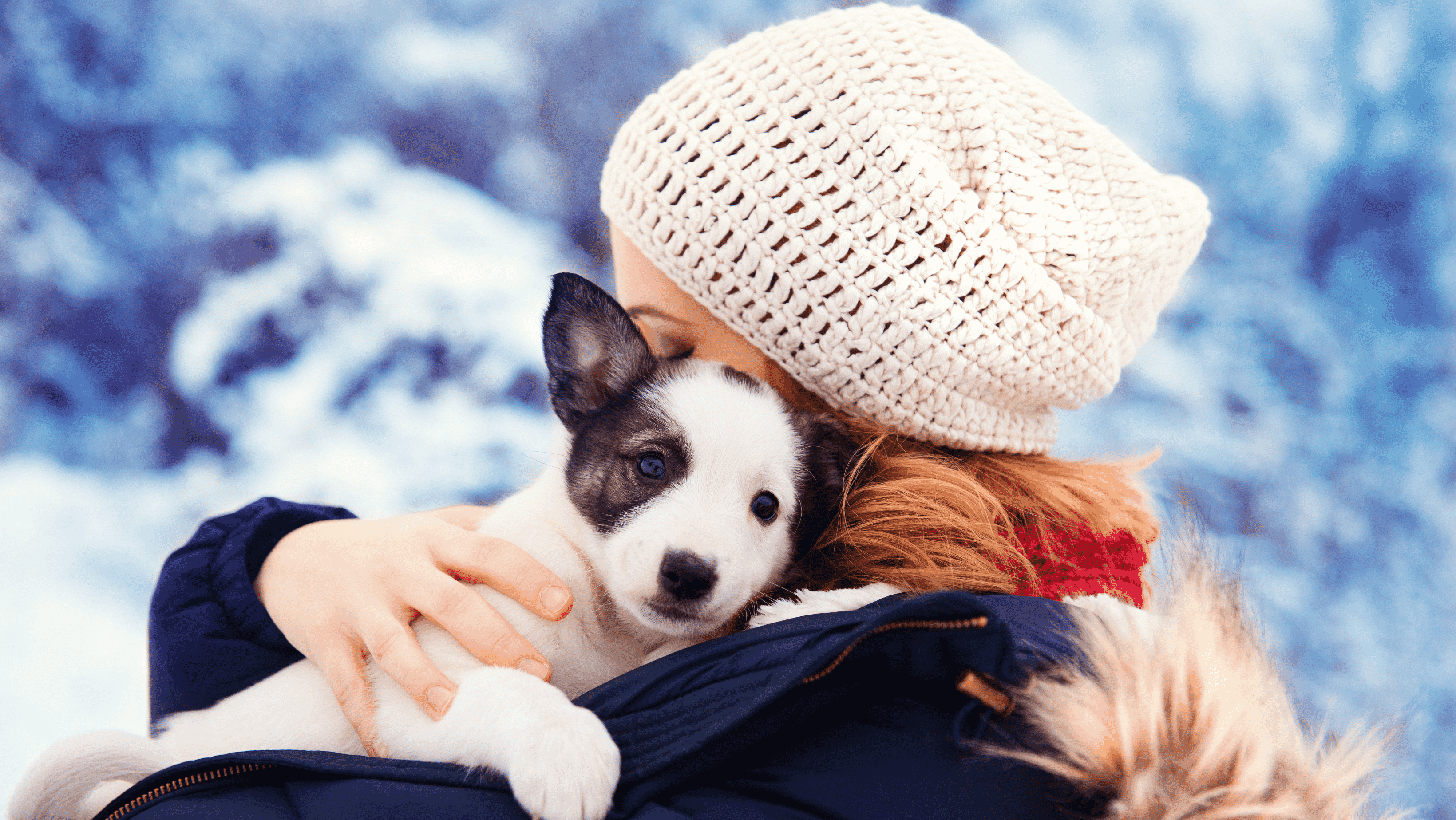Sorry about that! It looks like we’ve run out of stock for that product. Sign in below and we’ll send you an update when it’s back in stock.
20% DISCOUNT on your first order! Use the discount code "IMNEW20" at checkout!
As winter grips the UK with snow and cold, it’s essential to keep our dogs safe and comfortable. This article focuses on effective dog care during cold weather, especially while walking.

Consider your dog’s breed, age, and health when assessing their cold tolerance. Smaller breeds, puppies, and older dogs often need extra care. According to the RSPCA, some breeds are more susceptible to cold weather than others, such as small dogs, thin-coated dogs, and dogs with health issues.
"Preparation and knowledge are key to keeping your dog healthy and happy during the cold months. Visit our website for more advice and suitable products for your pet’s winter needs. If you have any issues or concerns, please feel free to get in touch with us. We are always happy to help. Stay warm and enjoy the winter with your furry friend!"

Dogs may require more calories in cold weather, especially if they are very active. Conversely, less active dogs might need fewer calories. Always provide fresh water to prevent dehydration. You can consult your vet or use a calorie calculator to determine your dog’s optimal calorie intake. You can always visit our website for more information on natural and raw feeding for your dog – or give us a call on 1202 625728.
Regularly check your dog’s paws for signs of cold weather damage like cracks or redness. You can use a magnifying glass or a torch to inspect your dog’s feet. If you notice any problems, contact your vet for advice. You can also trim your dog’s nails and fur between their toes to prevent snow build-up and matting.
Be aware of signs of hypothermia or frostbite in dogs. Hypothermia occurs when your dog’s body temperature drops below normal, and frostbite occurs when your dog’s skin and tissue freeze. Immediate action is crucial if you notice any concerning symptoms. Some common signs are:
If you suspect your dog has hypothermia or frostbite, wrap them in a warm blanket, move them to a heated area, and call your vet as soon as possible. Do not rub, massage, or apply heat directly to the affected areas, as this can cause more damage.
Preparation and knowledge are key to keeping your dog healthy and happy during the cold months. Visit Nurturing by Nature for more advice and suitable products for your pet’s winter needs. If you have any issues or concerns, please feel free to get in touch with us. We are always happy to help. Stay warm and enjoy the winter with your furry friend!